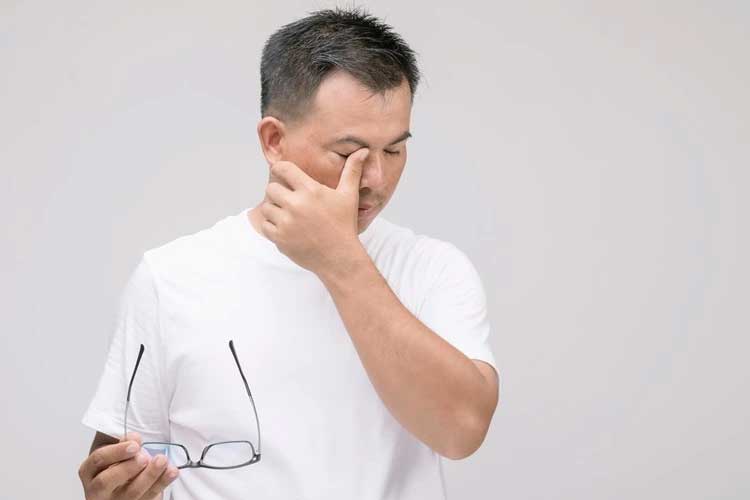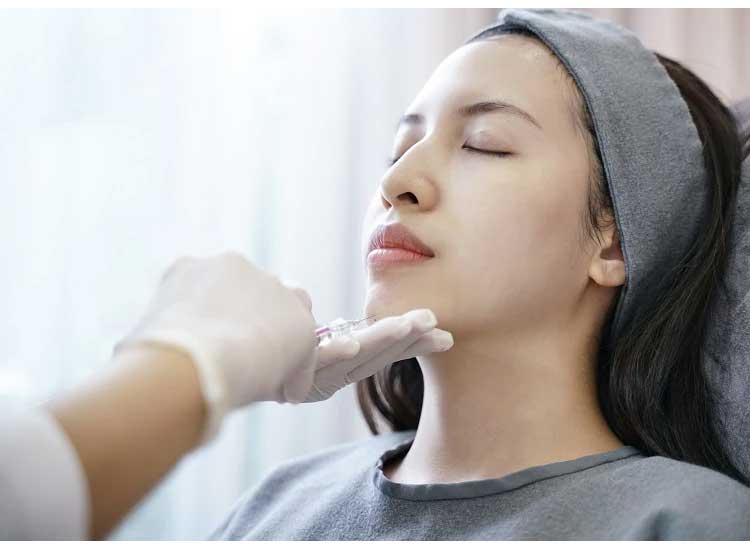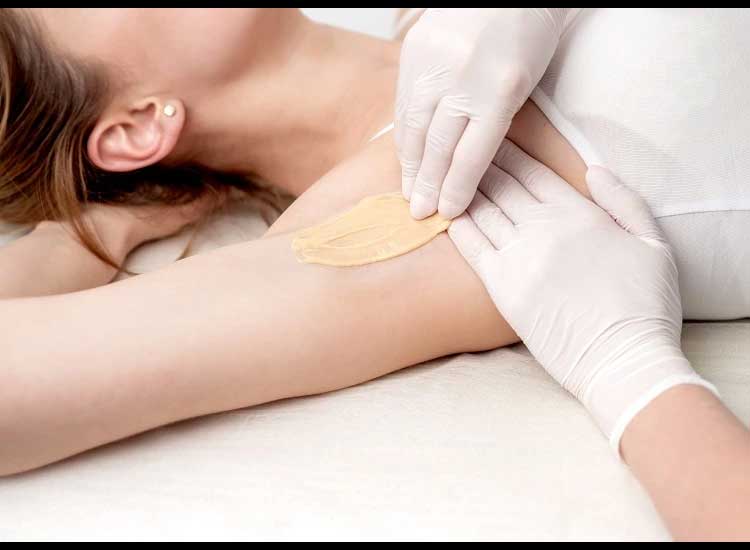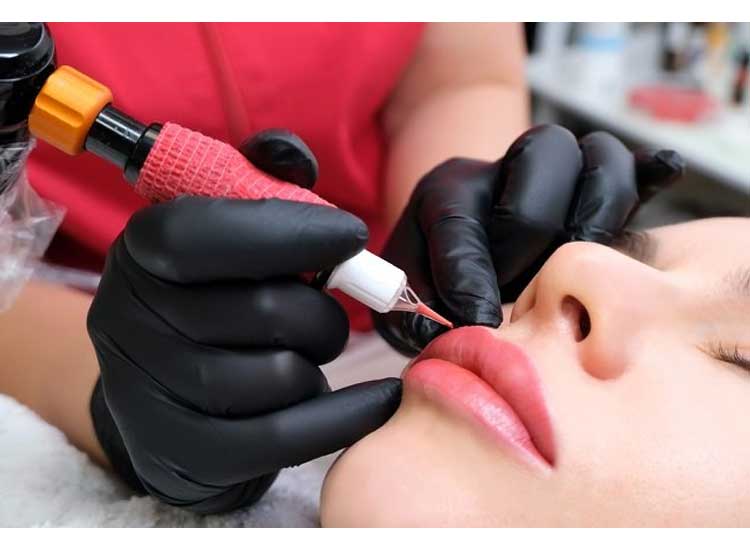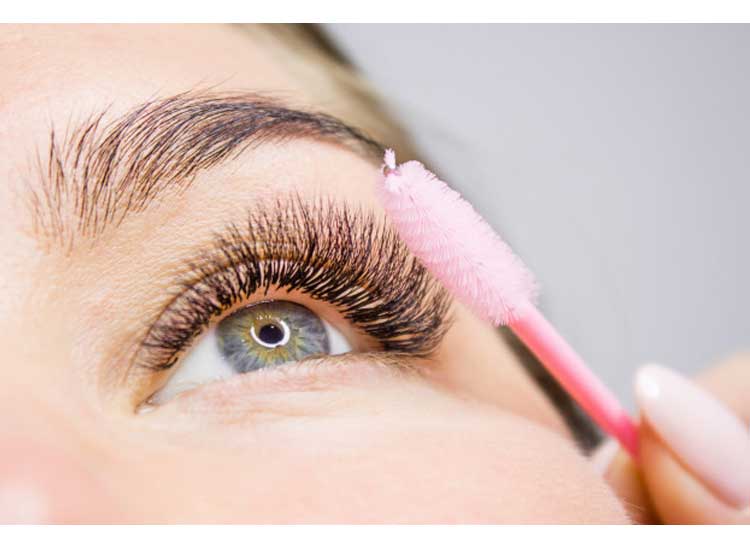Trichiasis is an eyelash growth disorder in which the eyelashes grow inward towards the eyeball. Trichiasis is a common eyelid problem and anyone can get trichiasis .
Ingrown eyelashes rub against the cornea, conjunctiva and inner surface of the eyelid. This condition can cause irritation in this area and cause several symptoms.
Causes of Trichiasis
Sometimes people who experience trichiasis don’t know the cause. Although it can occur in anyone, this disorder is more common in adults.
Well, some of the causes of trichiasis include:
- Infection
Trachoma is an infection of the eyes and eyelids caused by Chlamydia trachomatis . This bacteria can cause inflammation of the eyelash follicles, causing trichiasis.
Another infection that can cause trichiasis is chronic blepharitis. Like trachoma, chronic blepharitis is chronic or long-term inflammation of the eyelid margins and causes impaired eyelash growth, resulting in trichiasis.
- Autoimmune Diseases
Ocular cicatricial pemphigoid that can cause scarring on the eyelids, causing the direction of eyelash growth to change.
- Inflammatory Diseases
Inflammatory diseases such as Stevens-Johnson syndrome and vernal keratoconjunctivitis can cause scar tissue around and on the hair follicles of the eyelashes. As a result, eyelash growth is disrupted.
- Trauma
This condition can occur after surgery in the eye area or can also occur due to burns on the face that affect the eyelids.
- Exposure to Chemicals
Alkaline chemicals can burn the eyes and cause this condition. A history of using eye drops for glaucoma can also trigger ko
Trichiasis Risk Factors
Epiblepharon is a congenital disorder in which there is loose skin around the eyes that forms folds. As a result, eyelashes grow in a vertical position. People with this inherited condition are at risk of developing trichiasis. Most of these disorders are found in children resulting from interracial marriages.
Trichiasis Symptoms
Symptoms of trichiasis are generally the sensation of a foreign object in the eye. Other symptoms include:
- Reddish eyes.
- Watery eyes.
- Sensitive to bright light (Photophobia).
- Blurred vision.
Diagnosis Trichiasis
To diagnose trichiasis, the doctor will ask about symptoms related to this condition and perform a physical examination of the eyes. The eye doctor will perform an examination with a slit-lamp to see eyelash growth in the wrong direction. No other supporting examinations are performed to diagnose trichiasis.
Trichiasis Treatment
Treatment for trichiasis involves removing the eyelash, the follicle or both, or directing the growth of new eyelashes. Sometimes trichiasis only affects a few eyelashes, and if this happens the eye doctor may simply remove the eyelashes that are growing towards the eyeball with forceps (tweezers). However, there is still a possibility that eyelashes can grow back in the wrong direction, namely towards the eyeball.
If there are many eyelashes growing towards the eyeball, surgery or operation can remove them permanently. Operation techniques performed for trichiasis on almost all eyelashes, among others:
- Eyelash Ablation Surgery
This operation uses radio frequency or laser to remove eyelashes and hair follicles that grow abnormally.
- Electrolysis
This surgical procedure uses electricity to permanently remove eyelashes. Although effective, electrolysis is time consuming and can cause eye pain.
- Cryosurgery
This procedure removes eyelashes and follicles by freezing them.
- Repositioning Operation
If trichiasis is caused by a congenital disorder, such as epiblepharon, an eye doctor may recommend surgery to reposition the eyelashes.
Complications
Complications from trichiasis occur because the eyelashes rub against the cornea for a long time
- Corneal Abrasion
This is a condition when the cornea of the eye is eroded due to repeated friction by the eyelashes. If the abrasion continues it can cause corneal tears and can cause injury to the cornea of the eye.
- Corneal Ulcer
Corneal ulcers or wounds on the cornea of the eye initially occur due to continuous friction on the cornea caused by eyelashes. This then causes small tears in the cornea, which ultimately causes injury.
This wound on the cornea can be infected by viruses, bacteria or fungi. If corneal ulcers are not treated properly for a long time it can result in blindness.
Trichiasis Prevention
Although not all causes of trichiasis can be avoided, the following preventive measures can be taken to prevent trichiasis:
- If you experience redness in the eyes, swelling of the eyelids, you should consult a doctor directly so that the infection does not continue and can cause changes in eyelash growth. Avoid self-medicating with over-the-counter eye ointments.
- Use eye protection, such as goggles, if you are exposed to dangerous chemicals to avoid splashes or contact with your eyes.
Link Terkait :
